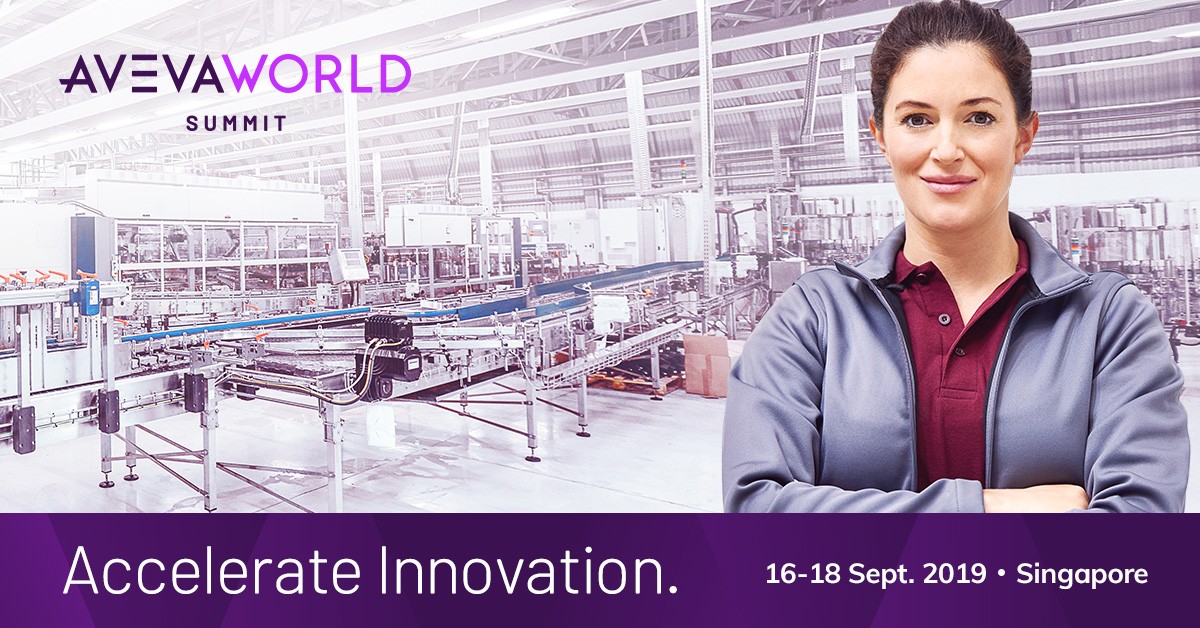Collaboration, agility, talent: How digital innovation is redefining roles in today’s industrial operations
Posted: August 7, 2019
Experts at both McKinsey and Accenture have reported that many are struggling with digital transformation, particularly since it often raises more questions than answers. Perhaps this is most apparent in the industrial landscape with research commissioned by AVEVA showing that while more than 90% of industry CEOs cite digital transformation as one of their top three priorities, the pace of measurable innovation is actually slowing.
Industrial leaders often tell me that implementing digital transformation in one area of your operations is relatively straightforward. You select the program, set your parameters, find the right partner and implement. But to realize the full result, that is, scaling and coordinating that change across a complex global organization – is proving to be a challenge.
As industry becomes more digitally mature, implementing portfolio-wide digital transformation projects, and driving change that transcends different systems, processes and traditional organizational boundaries means technology must also enable teams to work differently. To be more efficient and more agile.
This is the start of true workforce transformation. But how does that change manifest, and what can companies do to ensure that their workforce matures digitally, in step with their organization?
What does workforce transformation really mean?
To understand what workforce transformation looks like, let’s take a specific example and hone in on the human element of this change. Consider an Operations Manager in a digital factory. The first thing she does at the start of each shift is to check the status of current production operations as well as the plan. This may be done through a SCADA system, where accurate, live, integrated data on how the plant is running is displayed. From there, she can see any urgent opportunities or challenges and make a judgement on how to optimize plant performance. Already she can see an accurate picture of what is happening onsite.
So far, so efficient. Yet enabling technologies such as the edge, cloud, artificial intelligence (AI), machine learning, and visualization are about to transform our Operations Manager’s role. So let’s imagine what the situation could be in a few months or years:
Using AI, the plant data is sent to our Manager’s mobile before she wakes up each morning. Production optimization and predictive maintenance happen automatically, using machine learning algorithms that blend live data and historical plant performance. Personalized alerts happen as soon as any anomalous data is recorded. She can share critical information with her extended team and trusted third-parties to highlight problem areas and enact proactive maintenance – long before a downtime event is recorded. Our Manager and supporting teams can use extended reality (XR) to tour the live plant, and virtually implement maintenance or operational adjustments, as required. All of this human insight has happened seamlessly, as a natural extension of our Manager’s routine.
In this case, the Manager’s role has fundamentally changed: up to 75% of her routine tasks have disappeared or changed from the way things used to be. Her role now demands a completely different skill set. Instead of merely entering or monitoring data, she now has actionable intelligence at her fingertips and she can use her experience for value-added activities. And our Manager is just one of many industrial employees whose roles are on the cusp of this digital revolution. This is not blue-sky thinking: the technology to achieve this change is already installed in most smart factories today.
So what does this mean for executives, considering the future of their operations and their people?
Pinpoint value, build culture, empower your team
From augmented and virtual reality, to predictive and prescriptive analytics, artificial intelligence and machine learning, the challenge for executives is three-fold. They must:
- Identify the target areas, scope and digital technology for the business, and implement it. This is no small task – it can mean re-imagining the way the company conducts business.
- Prepare the workforce to perform the new tasks that deliver value in the optimized plant.
- Execute a plan to implement the business transformation, technology and change management needed for the workforce to scale and realize the gains.
Stay tuned for part two of this blog post: Digital Transformation in Practice - What does it mean for today's industrial leaders?
For a more in-depth discussion on how to empower your workforce and accelerate innovation, we encourage you to join us at this year's AVEVA World Summit, 16-18th September in Singapore
Related blog posts
Stay in the know: Keep up to date on the latest happenings around the industry.
